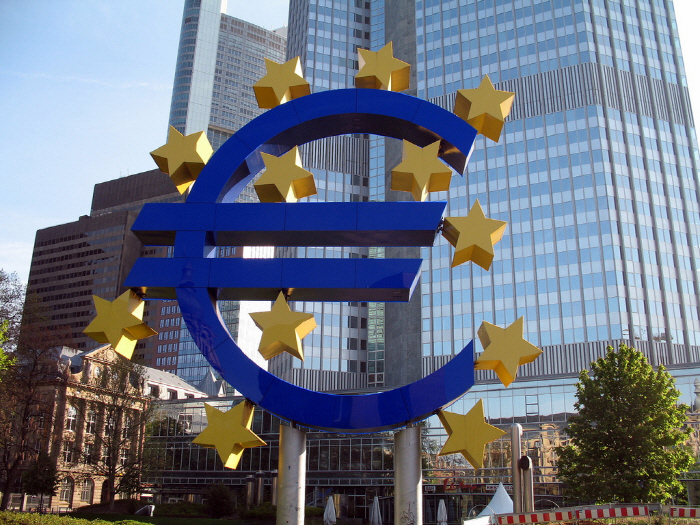In December, the ECB had revised its projections for the core inflation rate in 2016 downwards slightly to 1.3%. But this will not be the last revision. Given that the rate stuck at 0.9% in December, the ECB will probably soon have to give up hope of a stronger underlying price momentum this year. Further monetary easing will therefore stay on the agenda.
The provisional inflation data for December should strengthen the position of the doves in the ECB Governing Council. At 0.2%, the inflation rate was lower than generally expected (forecast: 0.3%, consensus: 0.4%). The sharp fall of energy prices was the main factor dampening prices, decreasing by 1.8% on the previous month. That said, more important is the still low core inflation rate - the change of consumer prices without energy, food, alcoholic drinks and tobacco - of 0.9% (forecast: 0.9%, consensus: 1.0%). The inflation rate for industrial goods without energy stuck at 0.5%, where the mild winter likely played a role.
"Many retailers began to cut prices for winter articles early. But even adjusted by this effect, the inflation trend for non-energy goods is no longer pointing upwards. This supports our expectation that the price-driving effect of previous euro depreciation is gradually easing while the fall of energy prices has not yet fully impacted core inflation", says Commerzbank in a research note.
Today's data confirms the expectation that the core inflation rate is more likely to be below than above 1% in 2016 too. The substantial rise of core inflation to an average of 1.3%, expected by the ECB, is looking increasingly unlikely. In March, the ECB will probably correct its projections downwards and take this downward revision as grounds to decide on further expansionary measures.



 New RBNZ Governor Anna Breman Aims to Restore Stability After Tumultuous Years
New RBNZ Governor Anna Breman Aims to Restore Stability After Tumultuous Years  Fed Officials Split as Powell Weighs December Interest Rate Cut
Fed Officials Split as Powell Weighs December Interest Rate Cut  BOJ’s Noguchi Calls for Cautious, Gradual Interest Rate Hikes to Sustain Inflation Goals
BOJ’s Noguchi Calls for Cautious, Gradual Interest Rate Hikes to Sustain Inflation Goals  Japan’s Inflation Edges Higher in October as BOJ Faces Growing Pressure to Hike Rates
Japan’s Inflation Edges Higher in October as BOJ Faces Growing Pressure to Hike Rates  Japan’s Rising Inflation Strengthens Case for a Near-Term BOJ Rate Hike
Japan’s Rising Inflation Strengthens Case for a Near-Term BOJ Rate Hike  Bank of Korea Holds Interest Rates Steady as Weak Won Limits Policy Flexibility
Bank of Korea Holds Interest Rates Steady as Weak Won Limits Policy Flexibility  RBI Cuts Repo Rate to 5.25% as Inflation Cools and Growth Outlook Strengthens
RBI Cuts Repo Rate to 5.25% as Inflation Cools and Growth Outlook Strengthens  UK Raises Deposit Protection Limit to £120,000 to Strengthen Saver Confidence
UK Raises Deposit Protection Limit to £120,000 to Strengthen Saver Confidence  Kazakhstan Central Bank Holds Interest Rate at 18% as Inflation Pressures Persist
Kazakhstan Central Bank Holds Interest Rate at 18% as Inflation Pressures Persist  Best Gold Stocks to Buy Now: AABB, GOLD, GDX
Best Gold Stocks to Buy Now: AABB, GOLD, GDX 



























